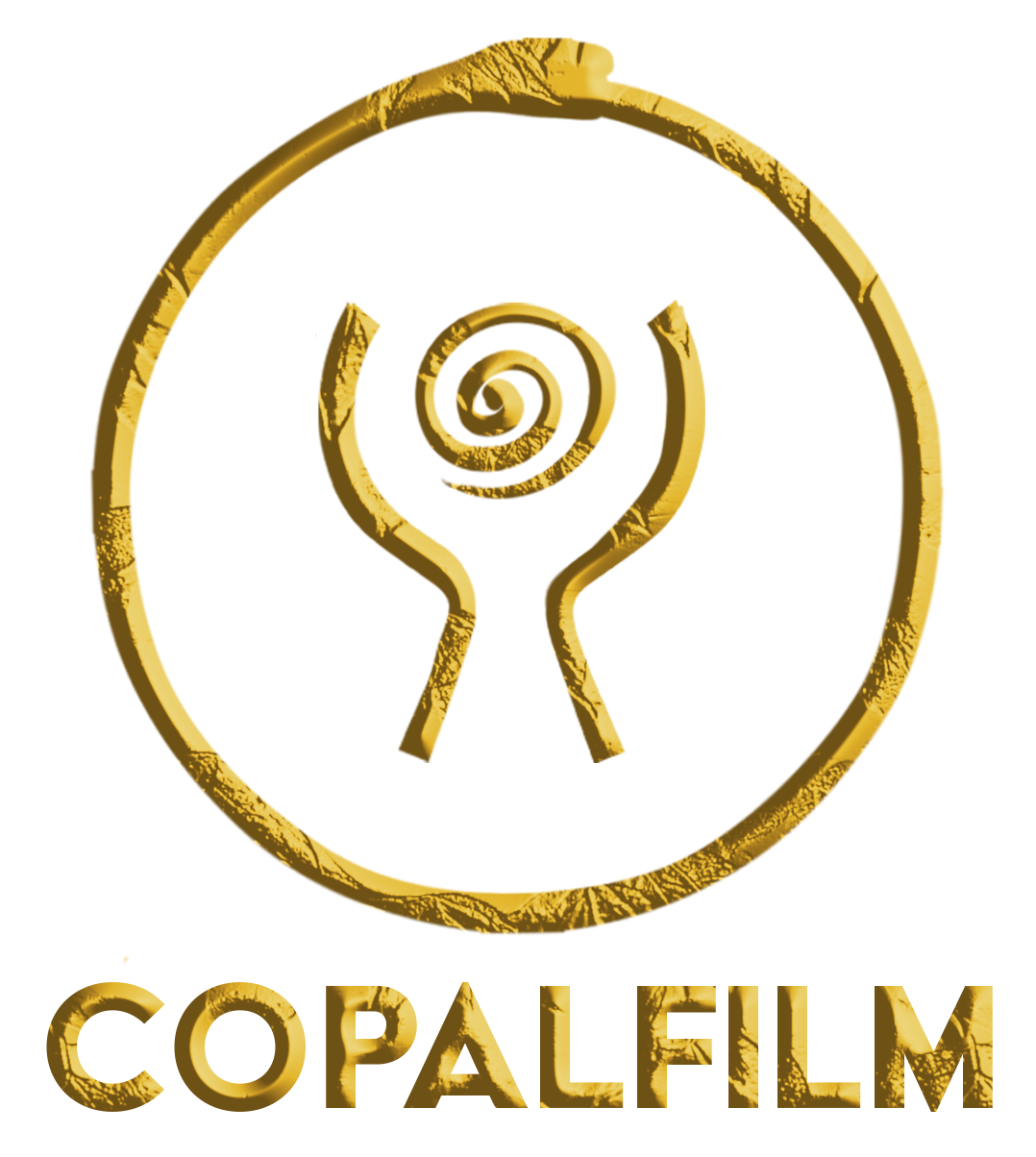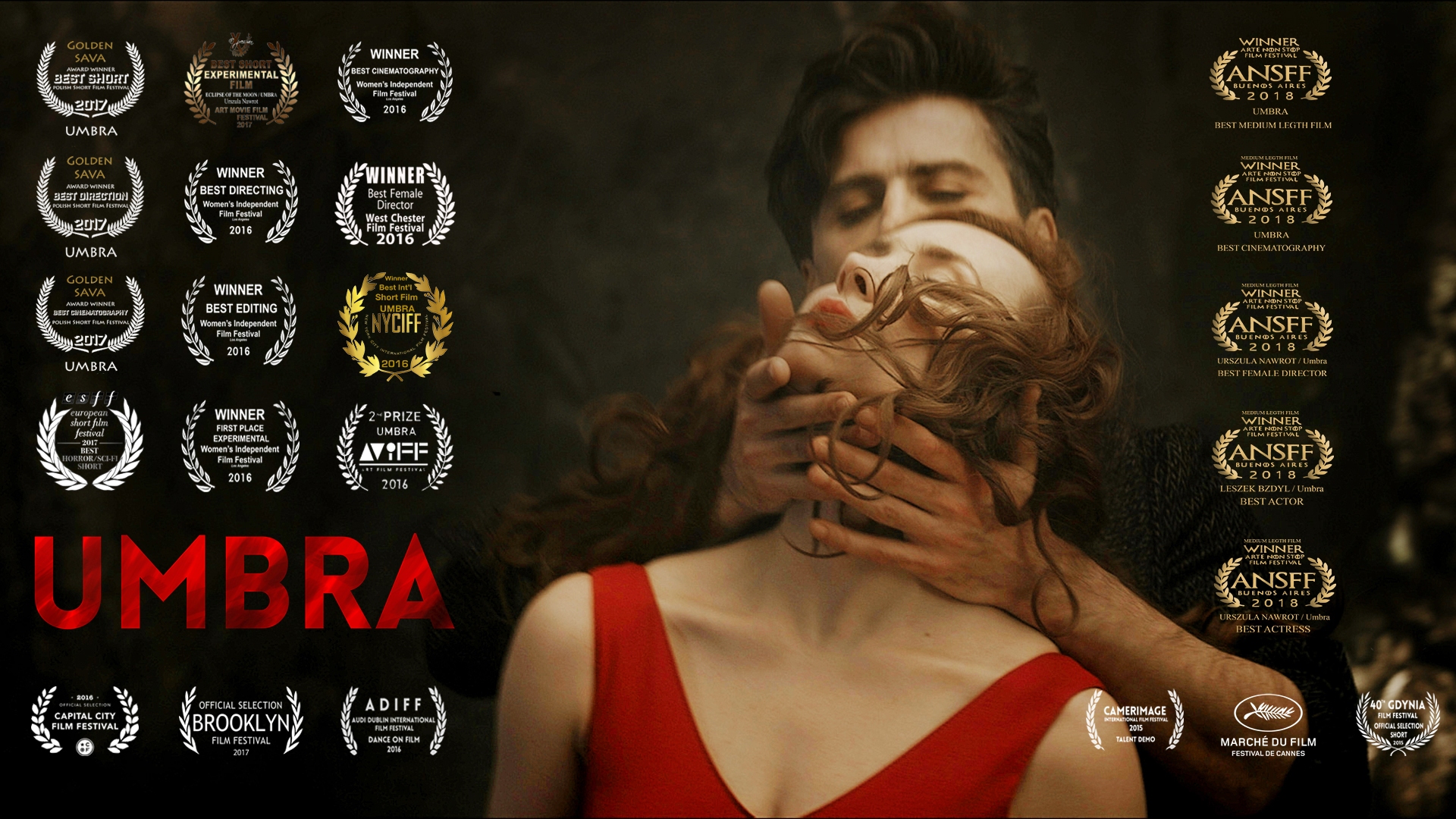Symboliczna opowieść o docieraniu do najgłębiej skrywanych tajemnic ludzkiej duszy.
Bez dialogów, w sposób poetycki, poprzez symbolikę obrazu, muzykę i taniec film dociera do typowych struktur wewnętrznych, organizujących traumatyczne doświadczenie człowieka we wczesnym dzieciństwie.
Personalna opowieść kobiety molestowanej seksualnie, dzięki symbolicznym obrazom w jakich została ujęta, nabiera charakteru uniwersalnego.
CZYTAJ WIĘCEJ NA: UMBRA&PSYCHOLOGIA
W celu zorganizowania pokazu filmu w szkołach psychoterapii, spotkania z Urszulą Nawrot lub wykładu na temat procesu badawczego prowadzonego podczas realizacji filmu, prosimy o kontakt indywidualny. Adres e-mail znajduje się w zakładce KONTAKT.
„Film „Umbra” uważam za niezwykle ważny: poprzez artystyczną metaforę, wieloznacznie, a zarazem dobitnie pokazuje, jak wielkim złem jest nadużycie seksualne dziecka. Dramat dziecka polega na tym, że jest poddane działaniom dorosłego, który wykorzystuje jego uczuciową bezradność. Dziecko nie rozumie co się dzieje, jest krzywdzone, a czuje się winne. Molestowane dziecko odnosi głębokie rany psychiczne, zraniony zostaje jego autoportret fizyczny, duchowy, emocjonalny i seksualny. Dewastacja psychiki odbija się na tej osobie przez wiele lat, nawet u dorosłego ta trauma trwa i ma bolesne skutki w życiu emocjonalnym”.
(Magazyn Sens, czerwiec 2016)
Prof dr. hab. Bogdan de Barbaro

tytuł: UMBRA/Eclipse of the moon, Scenariusz, reżyseria, oryginalny koncept wizualny: Urszula Nawrot, konsultacje: Prof. Leszek Mądzik, Lech Majewski, Jack Gold, Andrzej Bartkowiak, obsada: Urszula Nawrot – Alice, Leszek Bzdyl – Mefisto, Michalina Wiśniewska- dziecko, muzyka: Marek Kuczyński, zdjęcia: Urszula Nawrot and Grzegorz Hartfiel (dodatkowe zdjęcia: Oskar Kozłowski, Olaf Malinowski, Maciej Puczyński), montaż: Milenia Fiedler, Urszula Nawrot, scenaografia: Urszula Nawrot, kostiumy: Magdalena Major, make up: Natalia Zdrojek, Magdalena Danilewicz, choreografia: Urszula Nawrot, Leszek Bzdyl, postprodukcja obrazu, SFX: EBH, 3de, korekcja barwna: Przemysław Niedźwiedzki, udżwiękowienie: DREAMSOUND, Filip Krzyżykowski, produkcja: COPALFILM Urszula Nawrot, koprodukcja: TELEWIZJA POLSKA S.A., MAGIC PRODUCTION Sp. z o.o., koproducenci: TVP 2 Jerzy Kapuściński, Redakcja Marzena Podgórska, Produkcja Witold Będkowski, Magic Production – Magdalena Nowacka, kierownik produkcji: Paweł Kurzacz, gatunek: art film / experimental/ auteur cinema / director film/ dance or poetic film/ symbolic, czas: 30 min, lokalizacja: Poland, premiera: Festiwal Filmowy w Gdyni wrzesień 2015r, premiera kinowa: 24 luty 2016r.
COPYRIGHT © COPALFILM URSZULA NAWROT
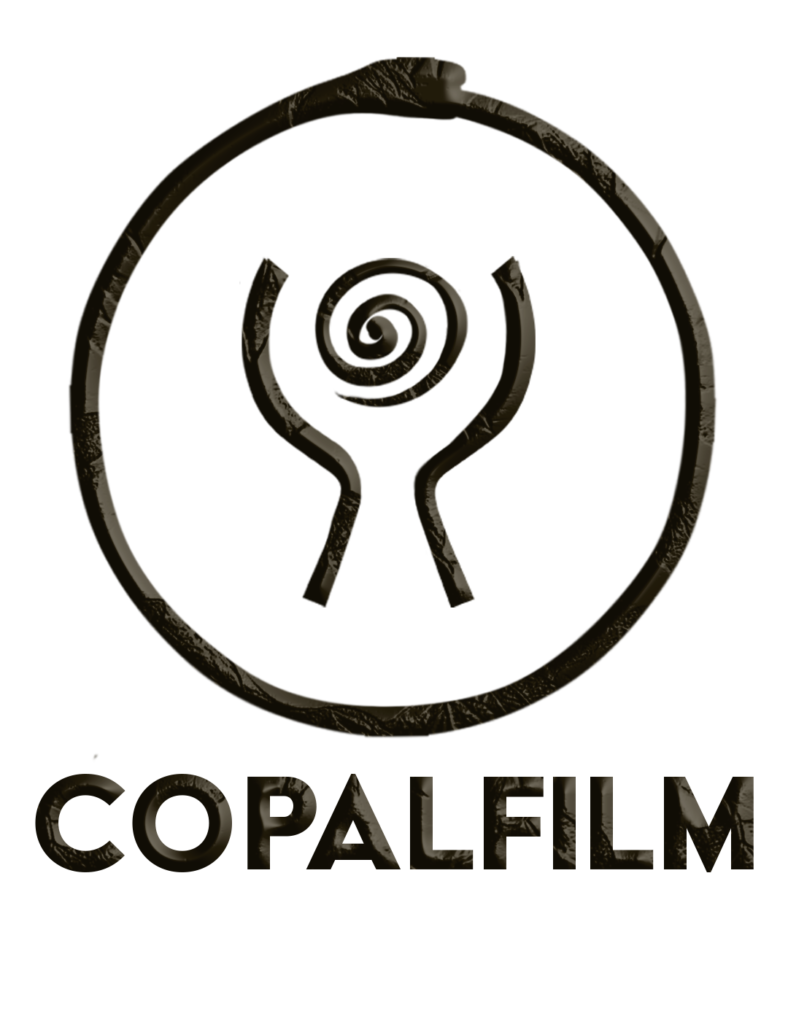
TOMASZ RACZEK O FILMIE „UMBRA”
„Przejmujący. Temat nie został odpuszczony nawet na sekundę. Upilnowany, zdyscyplinowany i przepiękny.”
TOMASZ RACZEK
https://audycje.tokfm.pl/podcast/59191,Jak-radzic-sobie-z-trauma
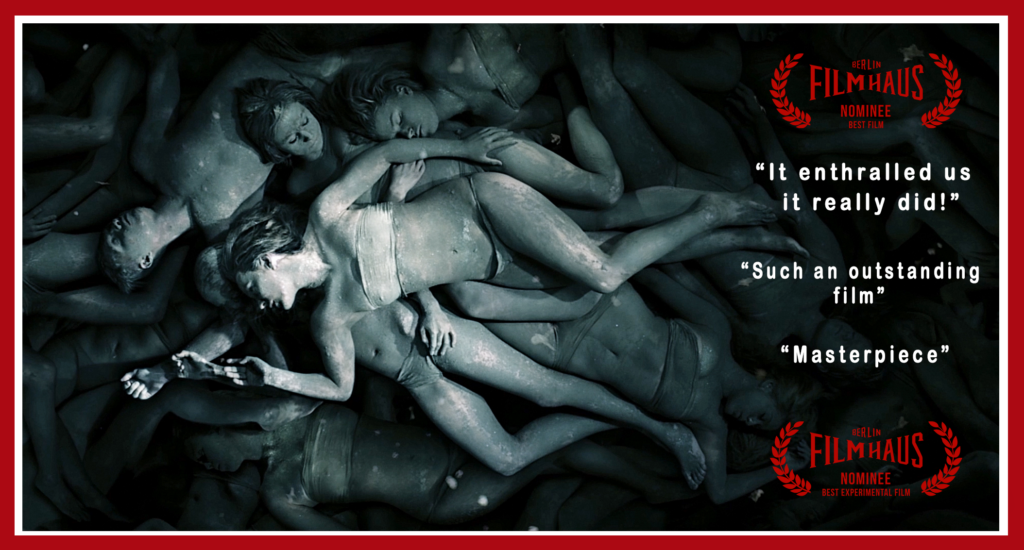
JIM SHERIDAN O FILMIE „UMBRA”
Irlandzki reżyser, 6 krotnie nominowany do Oscara, znany z „In the Name of the Father”, „My left foot”…
„Love it! It’s a great film—visually stunning. Beyond the beautiful visuals, there’s also a touching story.”
Jim Sheridan
UMBRA
(latin) cień, zaćmienie księżyca
„Czemu się więc przestraszyłeś? A i z człowiekiem dzieje się tak, jak z drzewem. Im więcej chce on w górę i w jasność, tym silniej korzenie jego dążą ku ziemi, w dół, w ciemność, w głąb – do zła„.
F. Nietzsche
Umbra – Filmowa eksploracja traumy
Umbra to eksperymentalny film, który odkrywa głębokie warstwy nieświadomości poprzez unikalną narrację wizualną. Nie jest to fikcyjna opowieść stworzona według z góry ustalonego scenariusza, lecz zapis wybranych snów realnej osoby. Proces twórczy Umbry był badaniem snów i samej psychiki – podróżą w nieznane, w której każda scena była raczej odkryciem niż zamierzeniem. Docieranie do głębokich pokładów nieświadomości i wykorzystywanie ich w budowaniu postaci scenicznej było podstawą autorskiego warsztatu Elisabeth Kemp, znanej nauczycielki aktorstwa z Actor’s Studio, certyfikowanej analityczki jungowskiej z Nowego Jorku. Podczas jej warsztatów jak i późniejszej współpracy, narodził się sam pomysł na film.
Film powstawał przez pięć lat, realizowany fragmentami, bez pewności, co ujawni się w kolejnym archetypowym obrazie. Proces ten przypominał eksperyment psychologiczno-artystyczny, w którym to nieświadomość kierowała kształtem opowieści. Film został stworzony przez obserwację, a nie przez wymyślenie, dzięki czemu symbole i emocje mogły wyłaniać się organicznie.
„Zwykle kiedy patrzymy na obraz artysty, przedstawia on bardzo mały wycinek rzeczywistości. Otrzymujemy jakiś przekaz, wchodzimy w relację z dziełem, ale w dalszym ciągu obracamy się w małym polu oddziaływania i sensu. Nie ma to dla mnie znaczenia skąd artysta wziął swoją wizję. Czy był to sen, czy aktywna wyobraźnia, czy powstał w kontakcie z innym dziełem sztuki itd… Moim celem było dostarczenie większej ilości obrazów wydobytych z nieświadomości tak, aby można było przyjrzeć się ich konstrukcji i strukturze. Pytania jakie zadawałam sobie brzmiały: Czy obrazy te ułożą się w jakąś historię, czy ujawni się w nich jakaś intencja? Jeżeli tak, to czyja będzie to intencja i o czym nieświadomość chce nas poinformować?
Próbowałam uchwycić życie na poziomie chtonicznym. Film jest portretem namalowanym przez nieświadomość subiektywnemu doświadczeniu, które zaniosłam na ekran. Wydobycie przeżycia z głębin traktuję zaledwie jako wstęp do snucia teoriopoznwczych rozważań na jego temat. Można by rzec, że sztuka domaga się wyzwolenia przez naukę. Nadania jej pojęć, których ona sama przez swoją zmysłowość i piękno nadać nie potrafi. Dotarcia do istoty.
To co udało mi się stworzyć w obrazie Umbry, to wielopoziomowy przekaz znaczeniowy działający na widza za każdym razem w inny sposób, kiedy podejmuje on próbę interpretacji obrazu dla odnalezienia osobistego znaczenia zarówno w przestrzeni nieświadomej jak i świadomej. Do tego spotkanie z filmem jest możliwością żywego doświadczenia przedstawionego świata, możliwością zatopienia się w nim, stania się jednocześnie obserwatorem i uczestnikiem.
Jak powiedział Ingmar Bergman: „Żadna forma sztuki nie wykracza poza zwykłą świadomość tak, jak film – dociera prosto do naszych uczuć, głęboko do mrocznego pokoju duszy.” Umbra wykorzystuje tę unikalną moc kina, aby ominąć racjonalną analizę i zamiast tego wywołać intuicyjne, immersyjne doświadczenie. Film nie opowiada linearnej historii, lecz zaprasza widza do symbolicznego świata, w którym trauma ujawnia się poprzez dysocjację, fragmentację pamięci i niewerbalną ekspresję.
To, co można zobaczyć na ekranie, to powidoki, ślady realnego doświadczenia. To, czy moja próba uchwycenia nieuchwytywanego zakończyła się sukcesem, można sprawdzić poprzez reakcje ofiar traumy oraz pracujących z traumą psychoterapeutów. (Patrz: Umbra&Psychologia) Co istotne, temat traumy nadużycia seksualnego nie był zamierzonym punktem wyjścia filmu, lecz odkryciem, które ujawniło się w toku pracy. Znalezisko to zostało później potwierdzone przez osoby, które przeżyły przemoc seksualną, a także przez psychiatrów, psychoterapeutów i specjalistów zajmujących się traumą. Rozpoznali oni w filmie autentyczny zapis głębokich ran psychicznych. Szczególnie uderzające było to, że reakcja środowiska psychologicznego podkreśliła, jak sztuka – często uznawana za mniej istotną w stosunku do naukowych badań – może ujawniać aspekty traumy, które wymykają się czysto analitycznym podejściom.
Symboliczny język Umbry stanowi pomost między różnymi wymiarami doświadczenia. Każdy element – scenografia, światło, praca kamery, ruch, kostium, a nawet charakteryzacja – został zaprojektowany tak, aby jak najpełniej oddać pierwotną, chtoniczną esencję traumy. Jednak zamiast tłumaczyć czy analizować, film oferuje doświadczenie – próbę przeniesienia wewnętrznej rzeczywistości na ekran.
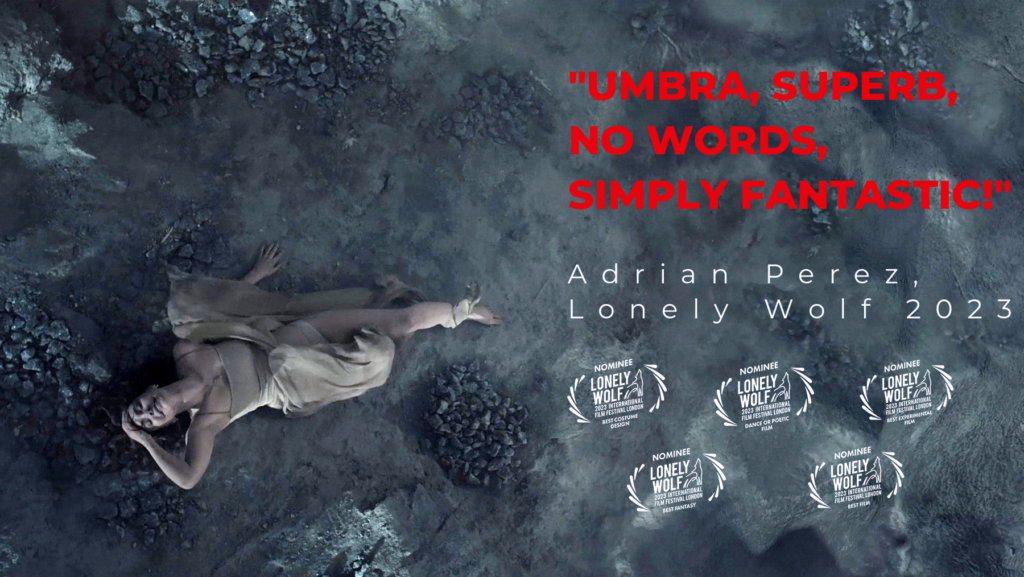
Jak podkreślał Maurice Blanchot: „W rozumieniu tekstu literackiego nie liczą się intencje autora ani nasze osobiste przeżycia, lecz autonomia samego dzieła.” To samo dotyczy Umbry. Film nie narzuca znaczenia, lecz tworzy przestrzeń do eksploracji, w której każde spotkanie widza z obrazem kształtuje się indywidualnie, w zależności od jego wrażliwości, emocji i doświadczeń.
W końcu, jak zauważył Jerzy Nowosielski: „Każdy widz jest również artystą, ponieważ jeśli angażuje się w proces wnikania w dzieło sztuki, sam coś tworzy – i w tym sensie jego wolność jest nieograniczona.” Umbra zaprasza widza do intymnej relacji z obrazami, oferując rzadką możliwość uczestnictwa w ujawnianiu się nieświadomości na ekranie.
Konkluzja i refleksja
Głęboko wierzę, że w tajemnicy traumy ukryte są wszystkie odpowiedzi, których poszukuje człowiek. Dlatego jest ona nadal przedmiotem moich badań w kolejnym projekcie: Deep Within. Korzystam również z osiągnieć nauki oraz filozofii jako, że tworzenie nie może odbywać się w oderwaniu od rzeczywistości i jej refleksyjnego rozwoju. Jesteśmy wytworem swoich środowisk. Miałam w życiu szczęście spotkać i uczyć się od wybitnych ludzi takich jak Leszek Mądzik, Jim Sheridan, Seamus Heaney, Jack Gold, Lech Majewski, Andrzej Bartkowiak i wielu innych, którzy inspirowali mnie intelektualnie i artystycznie. Kiedyś Krzysztof Zanussi powiedział mi, że skoro jestem artystką, to nie powinnam martwić się o sztukę, ona zawsze będzie we wszystkim, czego się podejmę, natomiast warto wiedzieć o czym się opowiada. Na co dzień zagłębiłam się w fenomenologię traumy, opis jej psychologicznych mechanizmów i najnowszych badań. Jestem członkinią Polskiego Towarzystwa Fenomenologicznego, uczestniczę w seminariach naukowych. Swoje przemyślenia poddaję weryfikacji specjalistów takich jak Murray Stein szef ISAP Zurich, najlepszego ośrodka kształcącego analityków jungowskich na świecie. Biorę czynny udział w konferencjach naukowych, wystawiam swoje tezy na krytykę i przygotowuję rozprawę doktorską. Nie interesuje mnie rywalizacja o najlepszy film roku, powtarzający najczęściej, bardziej lub mniej spopularyzowane tezy. Takie kino przekazuje szerszej masie obowiązujące idee i jest dla ogółu bardzo pożyteczne, ale z pewnością nie wprowadza nic nowego . Staram się w swojej twórczości przekraczać granice i docierać tam, gdzie nauka nie jest w stanie. Otwierać horyzont i stawiać pytania, które pozwolą nam spojrzeć na nasze doświadczenie w nowy sposób.
Przy całym zachwycie dla postępu badań choćby z zakresu neurobiologii, opisywane mechanizmy ludzkiej psychiki, nie odpowiadają na pytania o sens doświadczania zła, którego skutki są kluczowe dla odnajdywania się w rzeczywistości. Wystarczy obejrzeć „Umbrę”, aby poczuć, jak opisywane przez naukę mechanizmy są dalekie od odczuwania, przeżywania i bycia. Być może błąd tkwi z samym pytaniu? A więc jak powinno być ono zadane, aby otworzyć nas na konstruktywne rozwiązania?”
Urszula Nawrot
Kopiowanie, wykorzystywanie jakiegokolwiek fragmentu tekstu bez zgody autorki lub umieszczenia źródła jest łamaniem prawa!
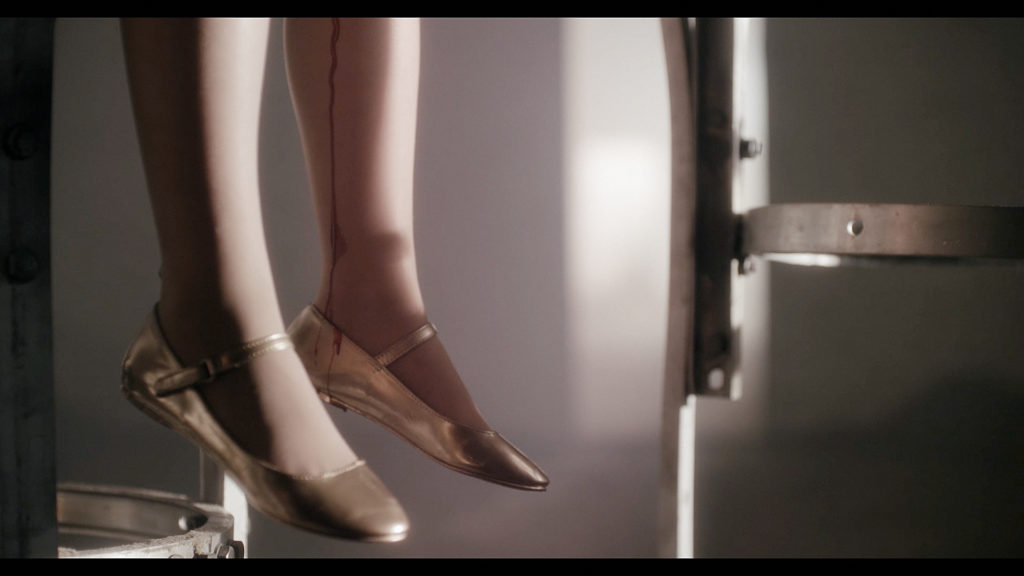
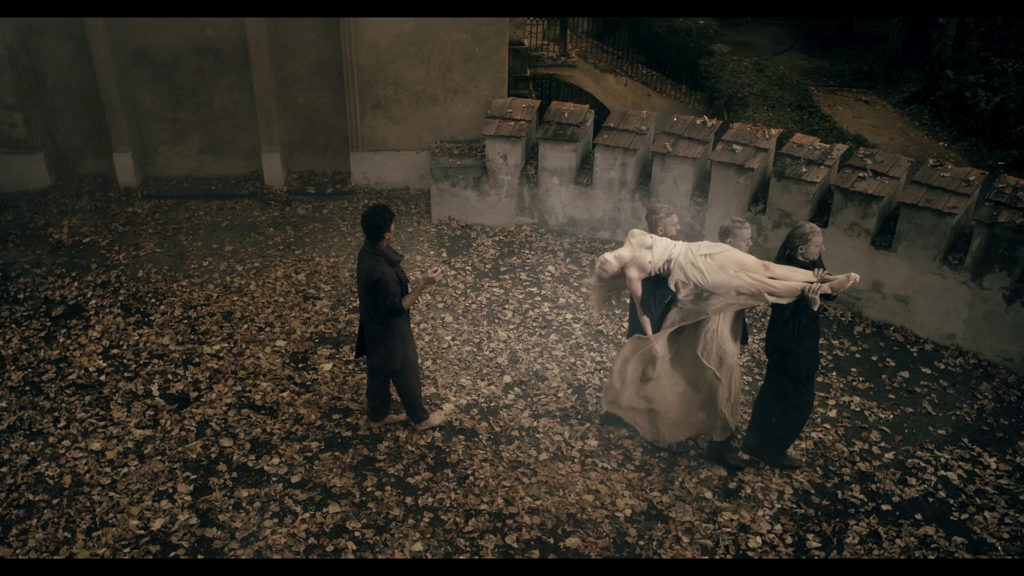

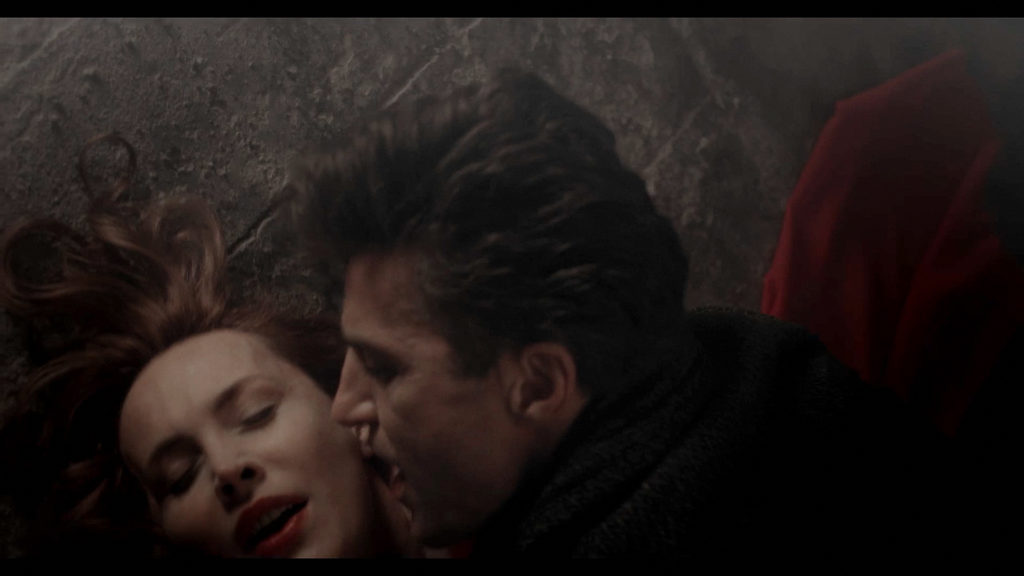
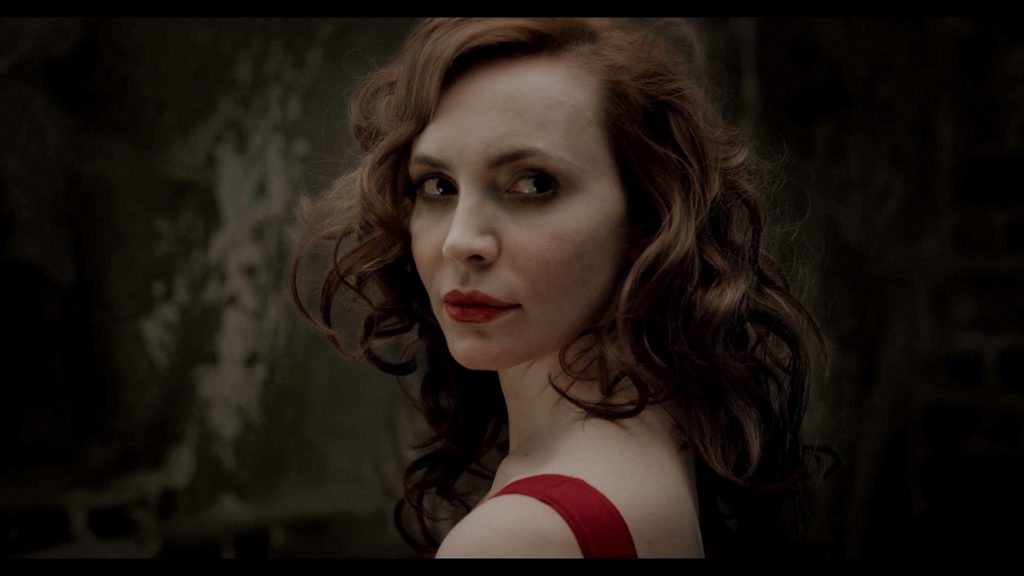
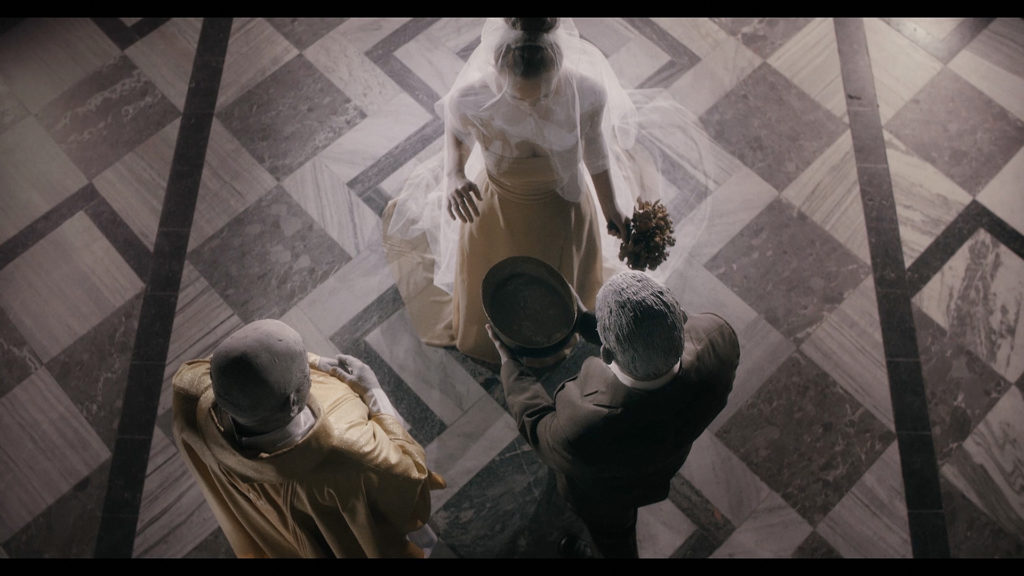
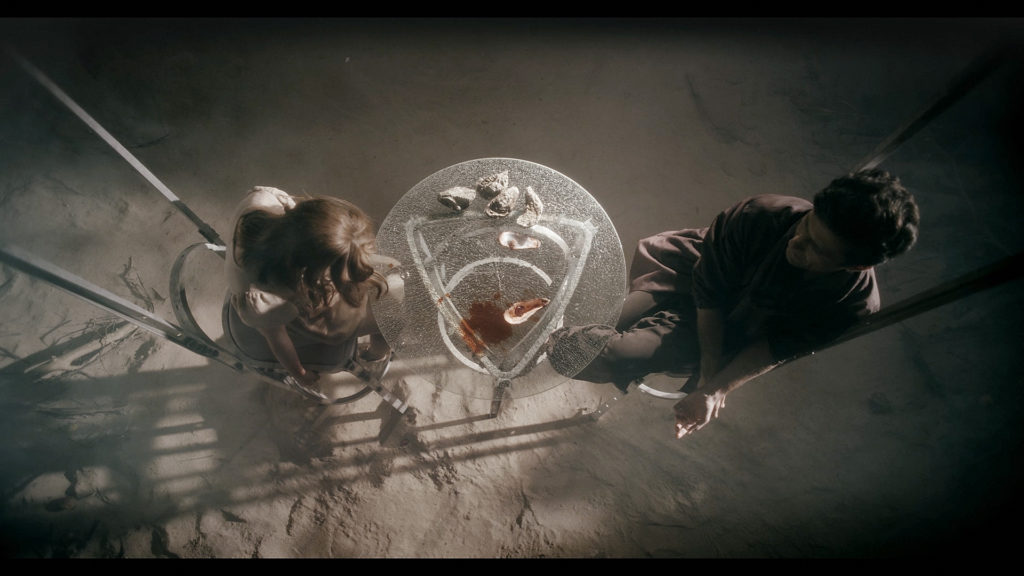
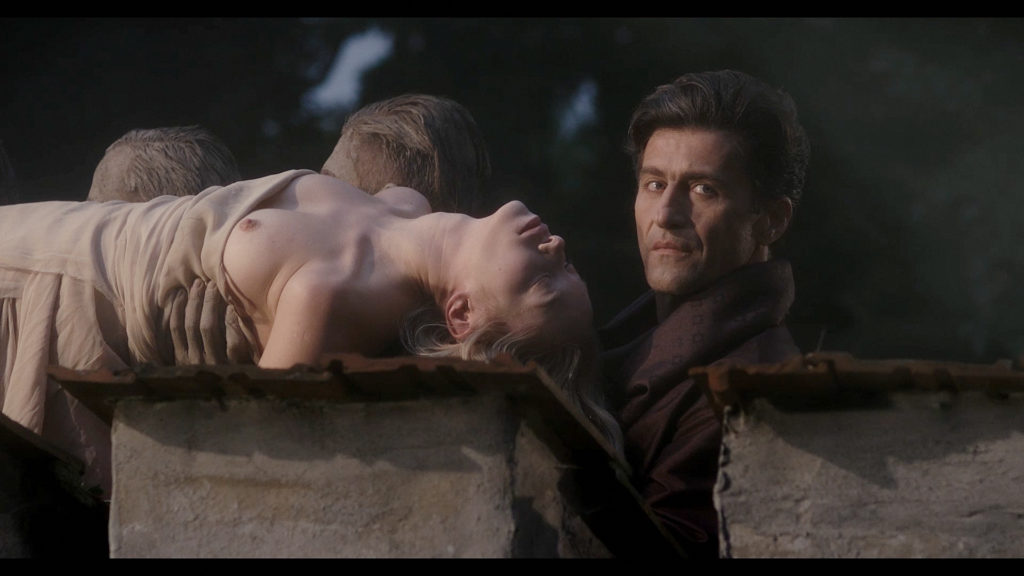
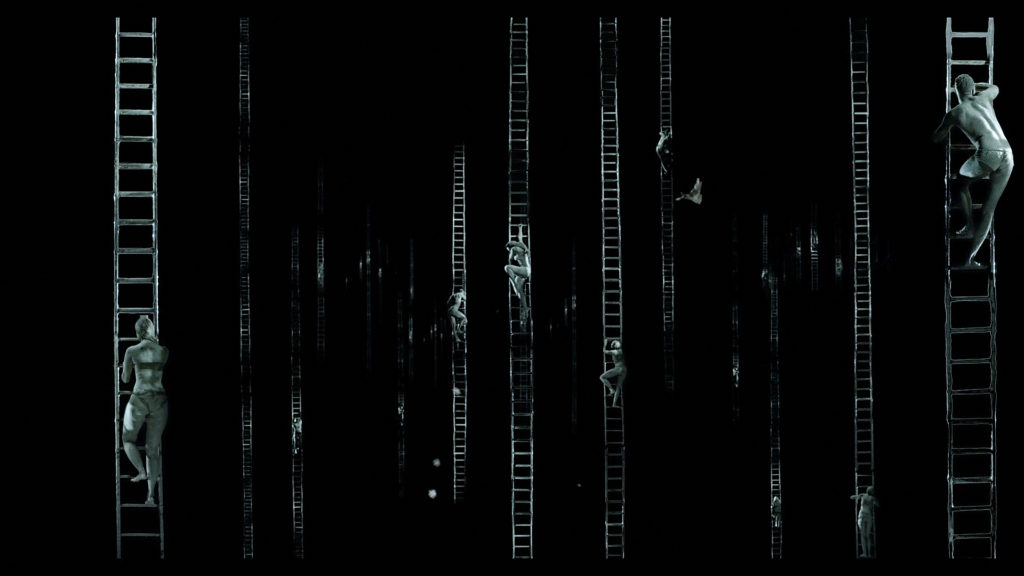
„Poetycko subtelna wędrówka w czasie daje nam szansę wejść do tych pokładów, które przed światem ukrywamy. Ten dziwny melanż ugru ze sjeną, którego rezultatem jest UMBRA otwiera pokłady przeżyć, niepokojów, lęków i obaw. W filmie Urszuli Nawrot poetycko i malarsko zanurzamy się ufnie w autentyzm stanów bohaterki filmu. Integralnie wtapia się w tę podróż muzyka Marka Kuczyńskiego nasycając dostrzeżone obrazy niepowtarzalnym klimatem”.
Prof. Leszek Mądzik
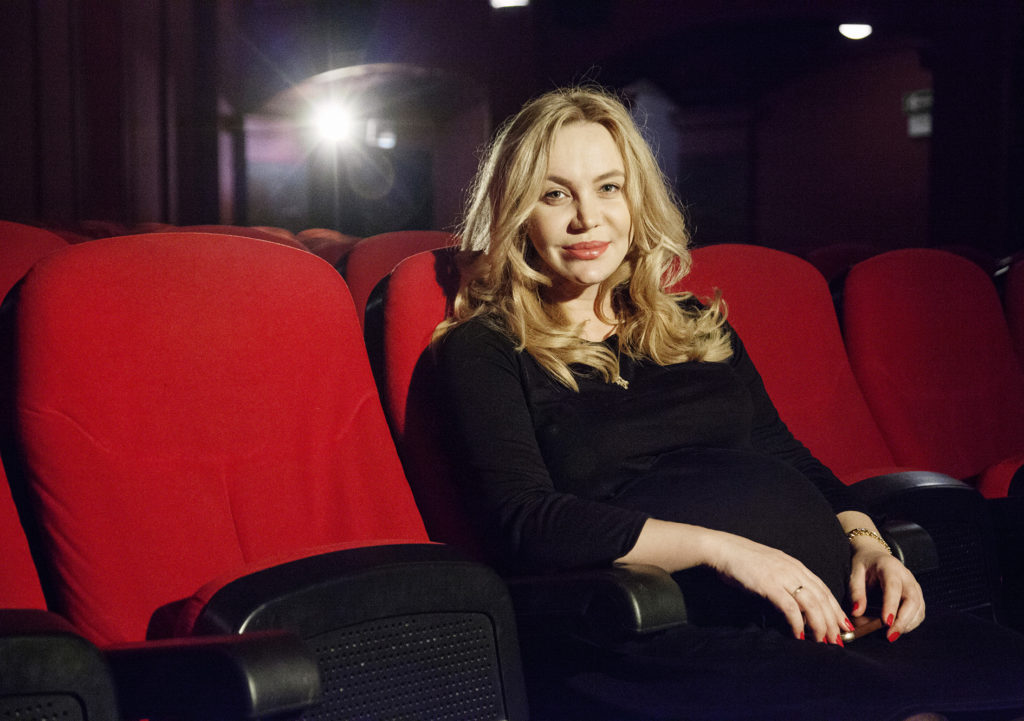

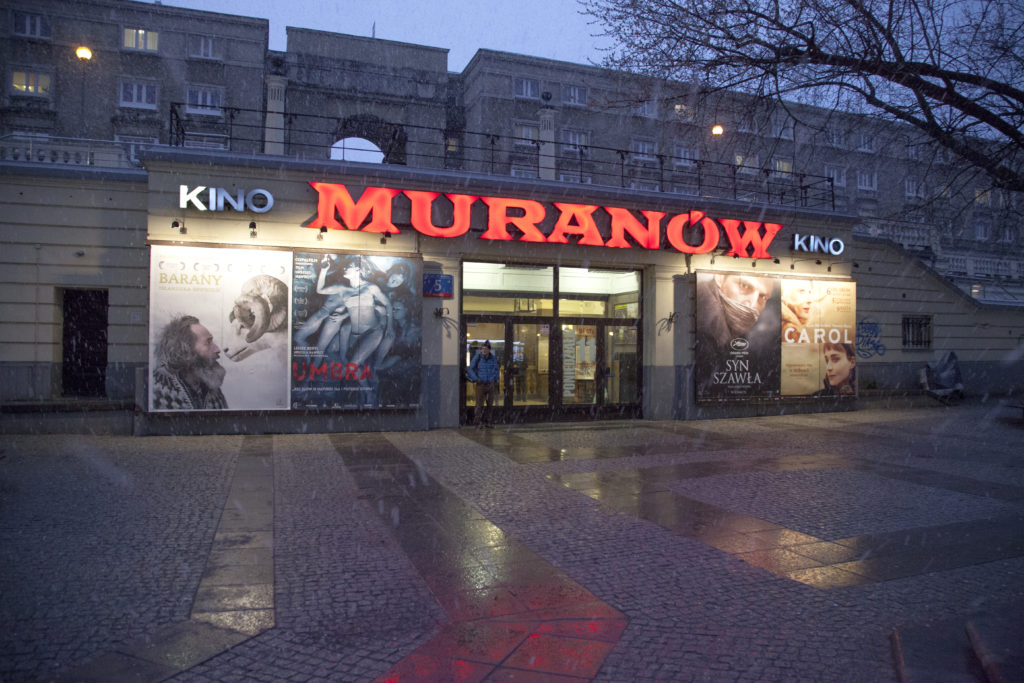
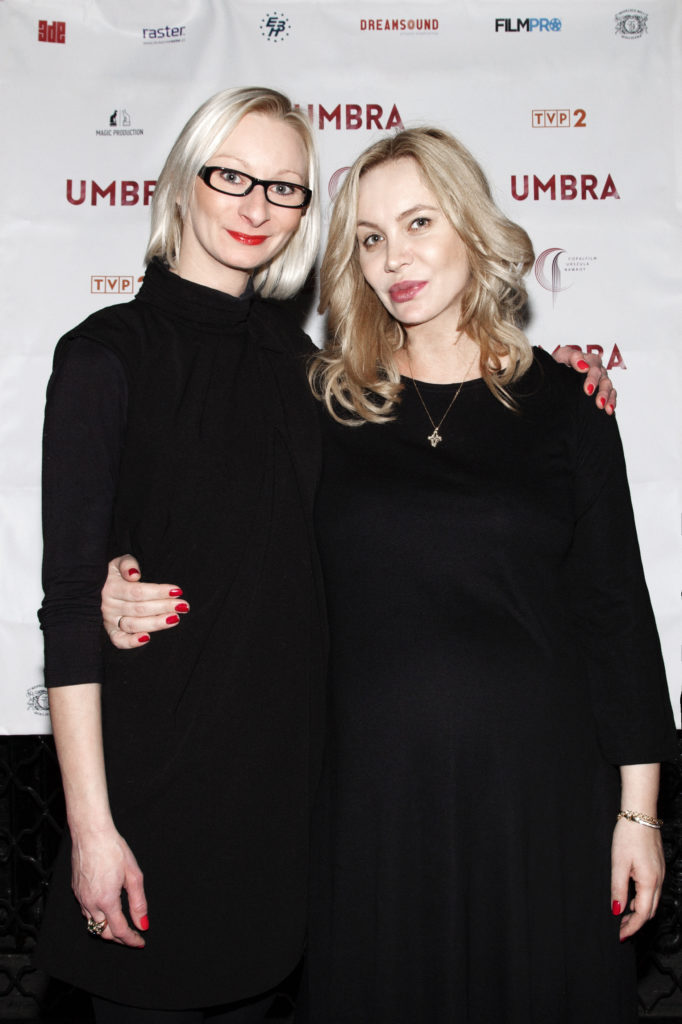
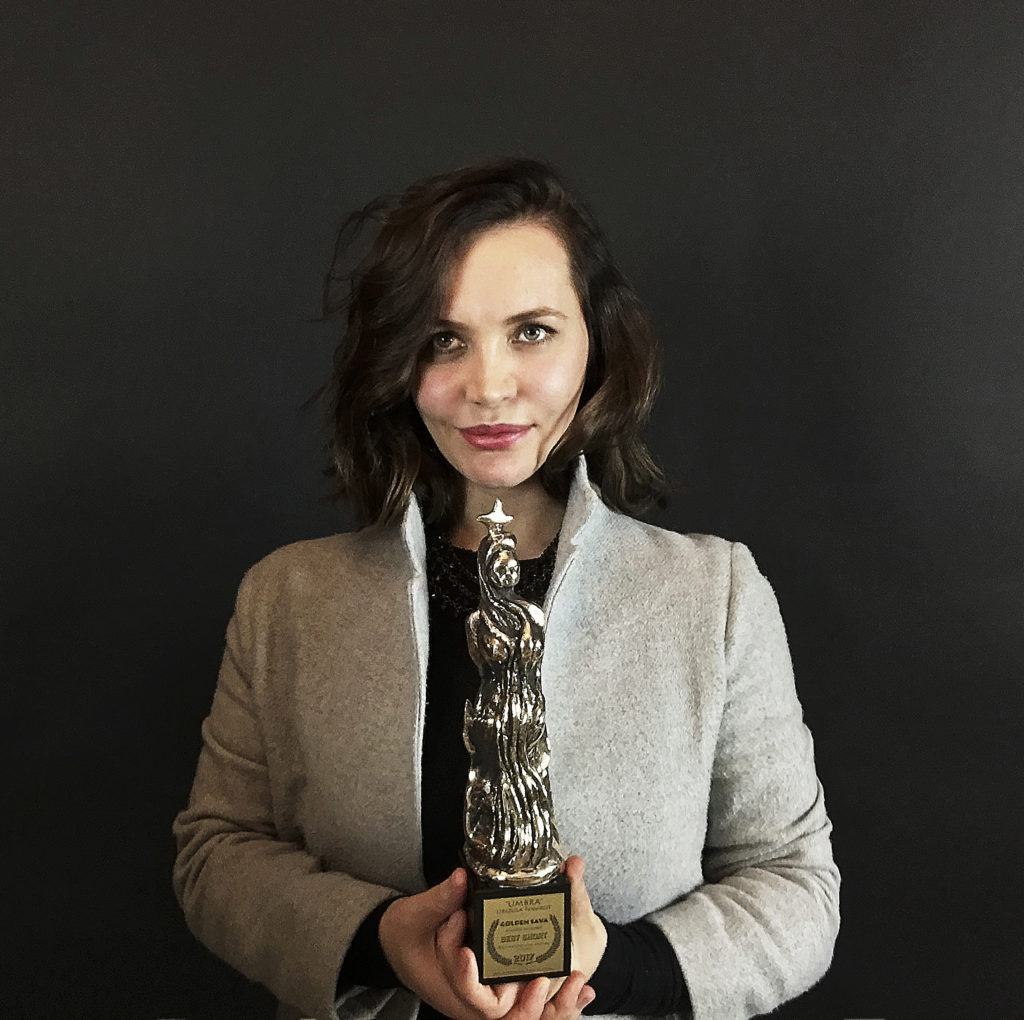
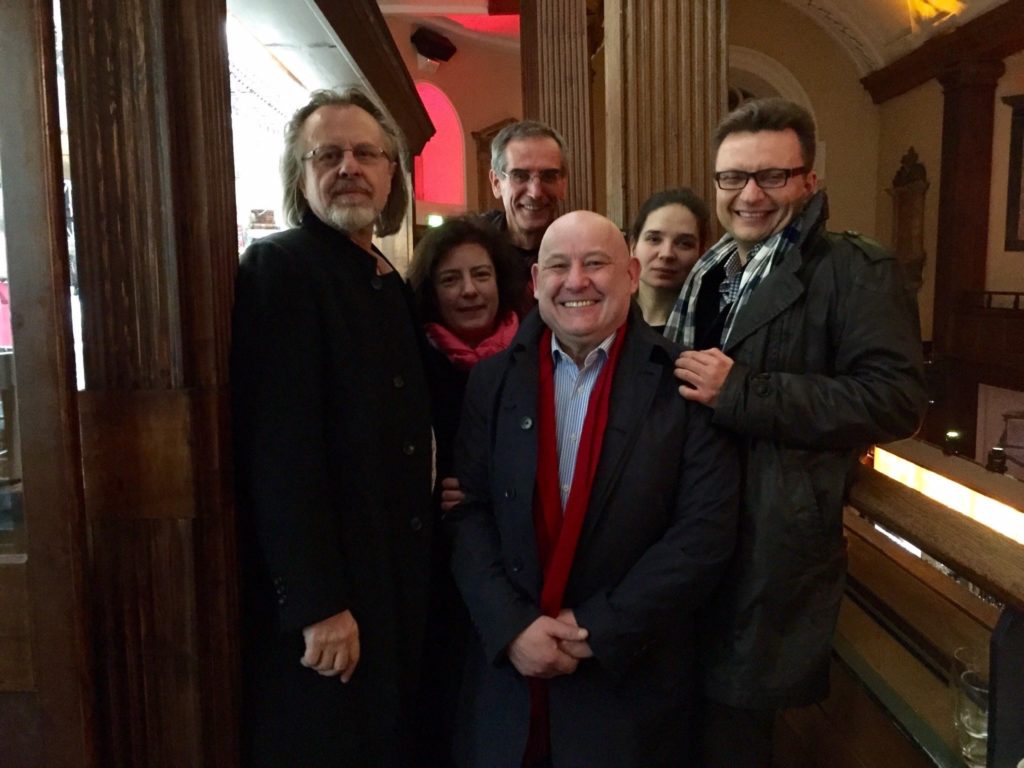
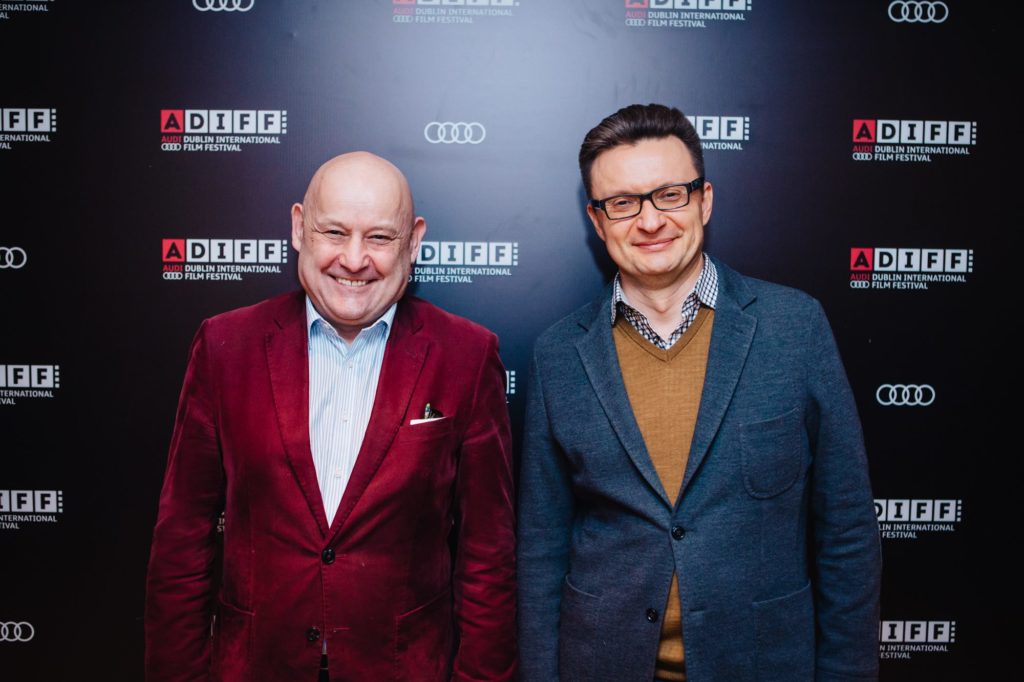


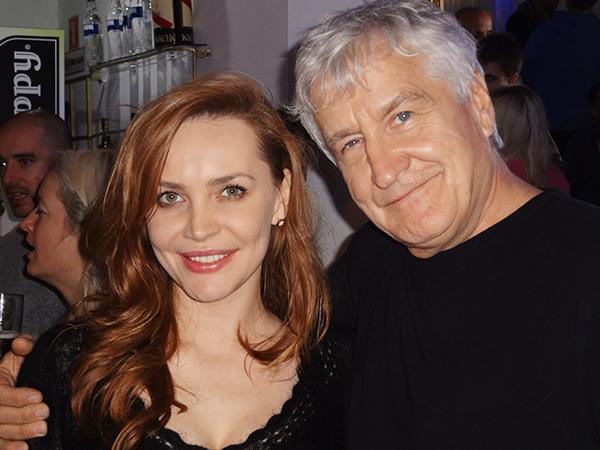
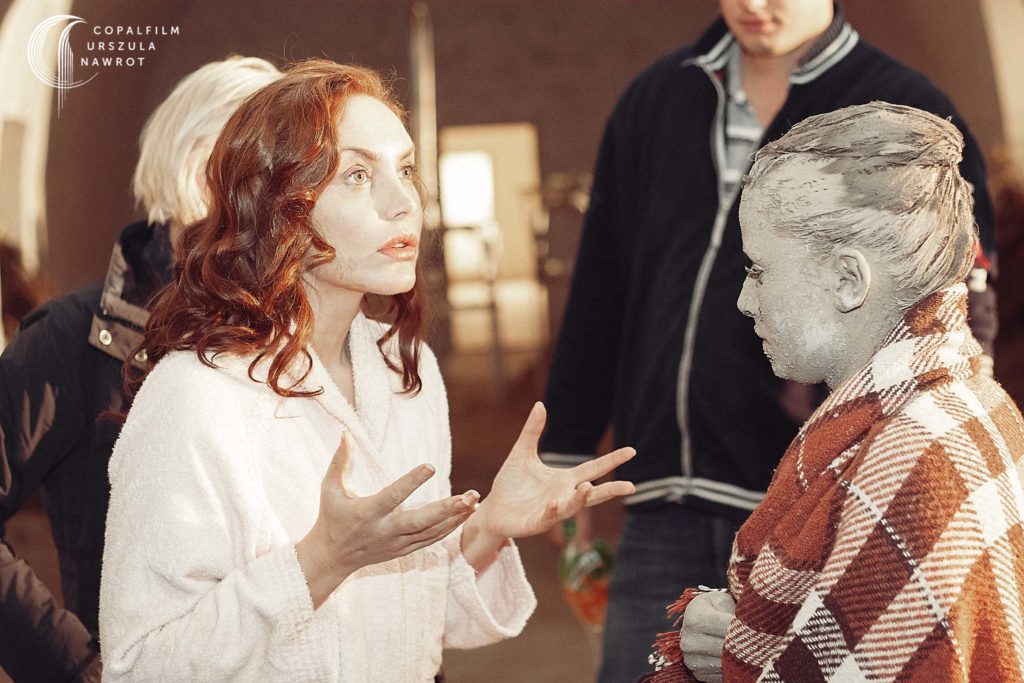
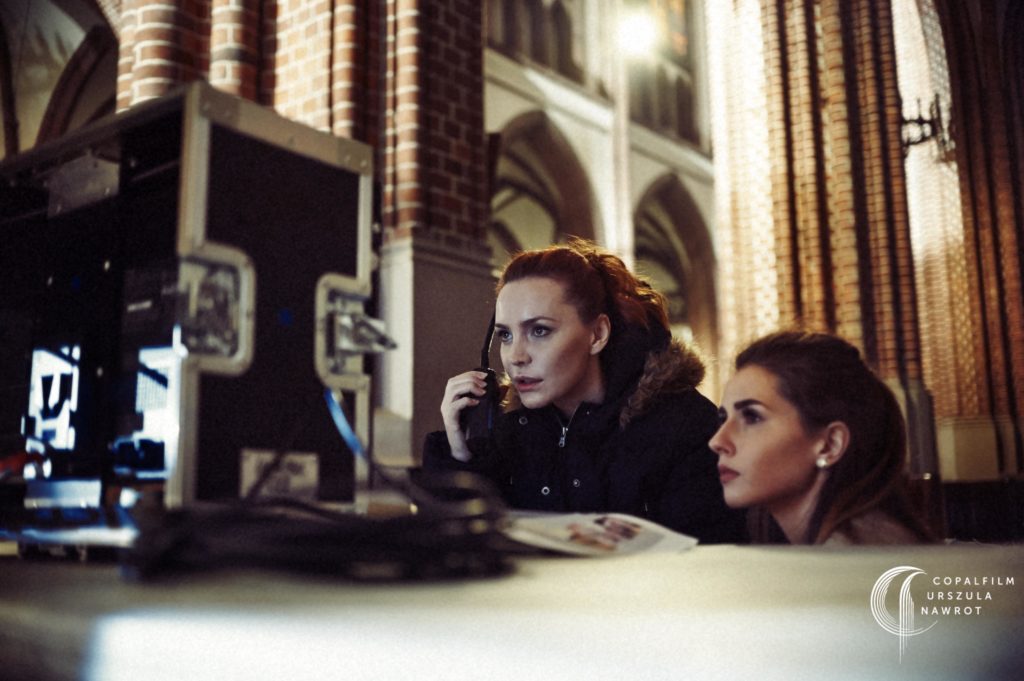
OPINIE WIDZÓW
„An almost mythological story. A drama screamed in silence. Frozen images that penetrate deep into the subconscious, refusing to be forgotten. I know where it comes from. I know this world.”
Osoba, która doświadczyła traumy nadużycia seksualnego w dzieciństwie.
Trauma & Nightmare, Konferencja naukowa, Gdańsk, 2020
„To dzieło jest głosem tych wszystkich , którym nie dano prawa głosu : tych molestowanych seksualnie, emocjonalnie, duchowo. Dzięki temu, że nie użyła Pani głosu w filmie, ten głos się roznosi tak dobitnie, że już nie można od Niego uciec. Niczym głos w Dolinie Zesłanych Kości z Księgi Ezechiela. To głos Sprawiedliwości – uprawomocnienie uczuć tych Najmniejszych. To głos Sumienia- tych , którzy oblepili się zmrożoną ziemią. Oddała Pani hołd tym wszystkim, którzy idą sami w drodze ku upragnionej wolności”.
Agnieszka Banaś
Doradca rodzinny, Manresa Jezuickie Centrum Pomocy Psychologicznej i Duchowej
„Dla mnie to głęboko przemyślany uniwersalny obraz podróży w głąb duchowego świata. Reflektor nakierowany jest na mechanizm zła, niemniej obraz jest szerszy i, jak dla mnie, wybiega poza konwencję symboliczną, jawi się bardzo realnie i namacalnie. Przyswajam tę wizję ludzkiej kondycji jako część własnej. Duchowo właśnie tak odczuwam skutki grzechu w sobie, tę zewnętrzną deformację, paraliż sił, brak życia, które grzech powoduje. Z drugiej strony psychologiczna perspektywa narracji wydaje mi się jakby niepełna zapewne z uwagi na charakter narzędzi jakimi dysponuje ta dziedzina nauki. Opowiada o człowieku uwikłanym w zło, postaci zdeterminowanej przez własną historię, który musi sobie z tą historią jakoś poradzić, przepracować, wybrać inną ścieżkę i aby to się stało musi wpierw być świadoma siebie. A jednak gdzieś w tych historiach są demony, aniołowie, zmarli, święci i przede wszystkim Chrystus. Gdzie jest Bóg, gdy dzieje się zło?”.
Opinia widza
COPYRIGHT © URSZULA NAWROT
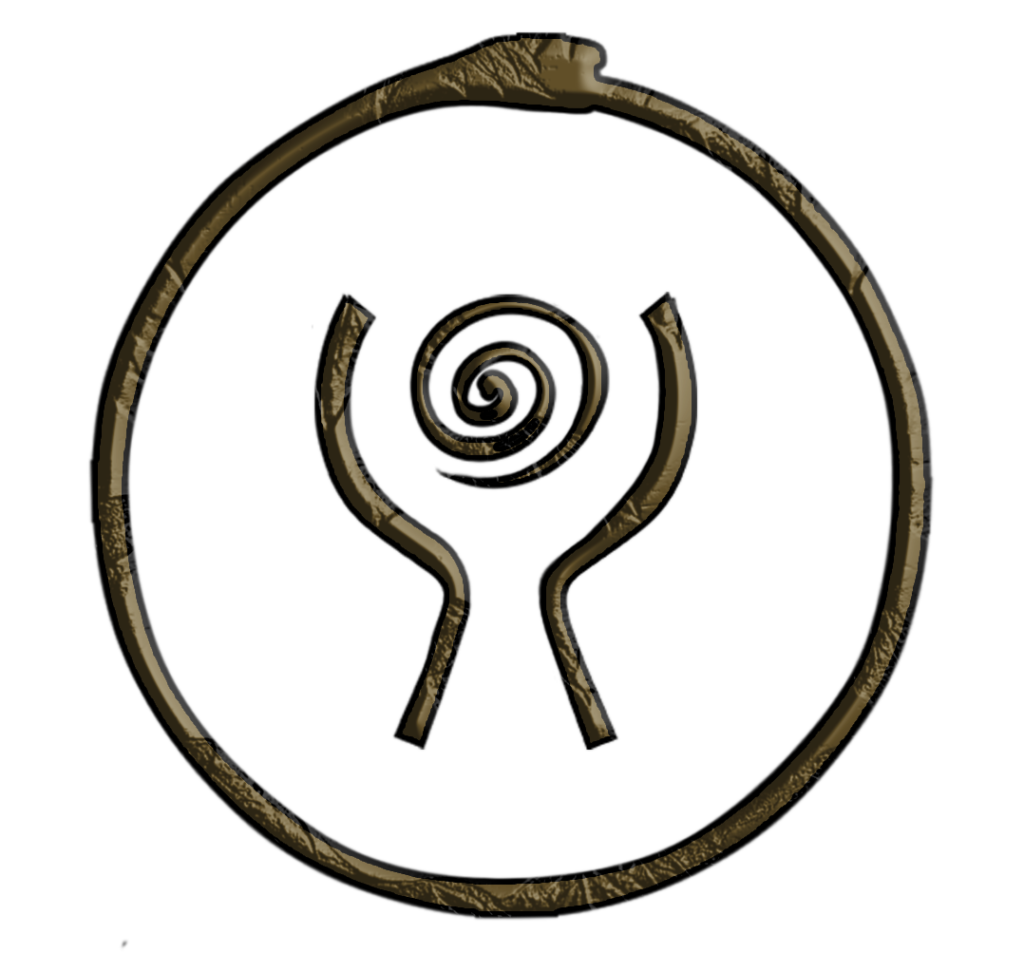
NAGRODY
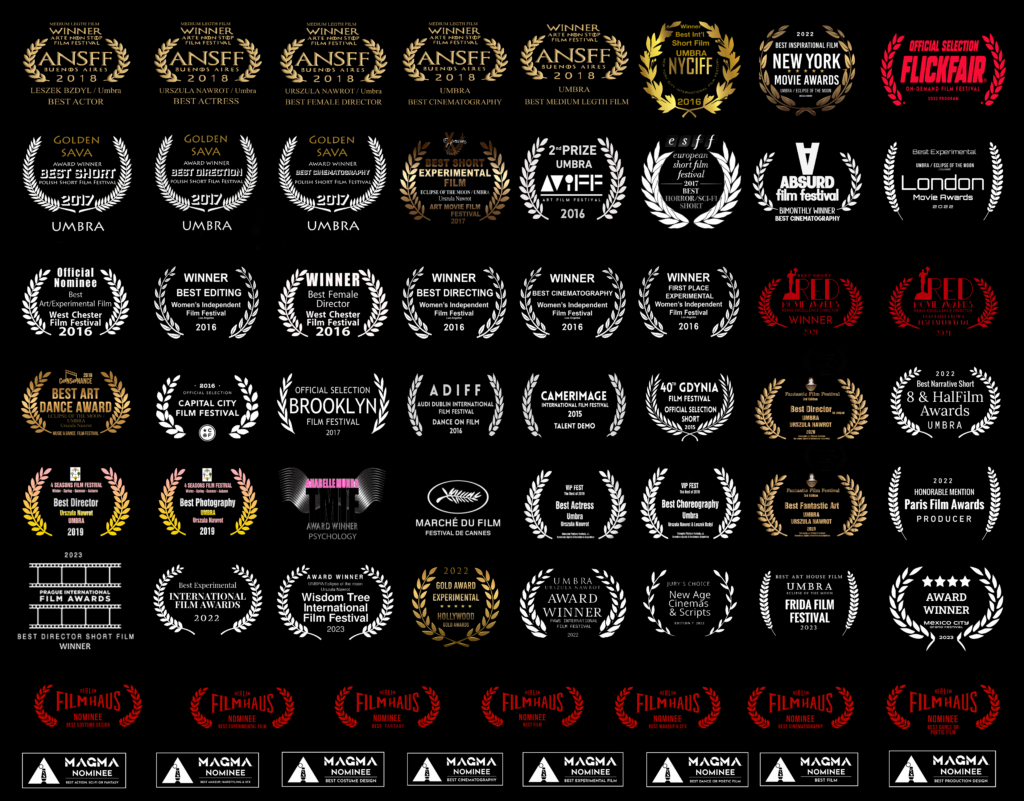
LISTA FESTIWALI I NAGRÓD
New York City International Film Festival
1. Best International Short Film 2016
West Chester Film Festival
2. Best Female Director 2016
Art Film Festival Cannes
3. 2nd Prize; 2016
Action on Film Festival. Las Vegas
Polish Short Film Festival; 2017
4. Best Directing
5. Best Cinematography
6. Best Short
Women’s Independent Film Festival, Los Angeles 2016
7. First Place Experimental
8. Best Directing
9. Best Cinematography
10. Best Editing
European Short Film Festival, Berlin 2017
11. Best scifi/horror
Art Movie Film Festival 2017
12. Best Experimental Short Film
Arte Non Stop Festival, Buenos Aires 2018
13. Best Medium Lenght Film
14. Best Female Direction Medium Length Film
15. Best Cinematography Medium Length Film
16. Best Actress Urszula Nawrot Medium Length Film
17. Best Actor Leszek Bzdyl Medium Length Film
Consonance Music and Dance Film Festival 2019
18. Best Art Dance Award
Anabelle Munro The Most Important Films and Scripts in the World 2021
19. Impact Award: Psychology
4 Seasons Film Festival, Barcelona 2019
20. Best Director
21. Best Photography
VIP Film Festival 2019
22. Best Actress – Urszula Nawrot
23. Best Choreography – Leszek Bzdyl, Urszula Nawrot
Fantastic Film Festival 2020
24. Best Director
25. Best Fantastic Art
Absurd Film Festival 2021
26. Best Cinematography
RED MOVIE AWARDS 2021, Reims Excellence Director
27. Best Short
28. Honorable Mention: Best Experimental
London Movie Awards 2022
29. Best Experimental
Paris Movie Awards 2022
30. Honorable mention: Producer:
Urszula Nawrot & Copalfilm, Magdalena Nowacka & Magic Production, TVP S.A.
8 & HalFilm Awards 2022
31. Best European Short Film
New York Movie Awards 2022
32. Best Inspirational Film 2022
New Age Cineams & Scripts
33. Jury’s Choice Experimental Short
PAWS International Film Festival 2022
34. Best Experimental Work
Hollywood Gold Awards 2022
35. Gold Award – Experimental Film
International Gold Awards 2022
36. Best Experimental
Wisdom Tree International Film Festival 2023
37. Best Experimental Short Film
Frida Film Festival 2023
38. Best Art House Film
Prague International Film Awards winter edition 2022/23
39. Best Director Short Film
Mexico City Grand Festival 2023
40. Best Experimental
KOSICE INTERNATIONAL FILM FESTIVAL APROL 2023
41. Best Experimental Film
SYDNEY WORLD FESTIVAL 2023
42. Best Experimantal Film
ROSHANI INTERNATIONAL FILM FESTIVAL 2023
43. Best Experimental Film – Outstanding Achievements 1 st Rank.
INFINITE CREATIVITY FILM FESTIVAL – GENEVA 2023
44. Best Director Experimental Film
VENICE UNDER THE STARS INTERNATIONAL FILM FESTIVAL 2023
45. Best Director- Experimental film
WILD FILMMAKER FESTIVAL 2023
46. Best Poetry Film
47. Best Inspirational Director
48. Best Oryginal Cinematgraphy
New York Film and Cinematography Awards 2024
49. Best Experimental Film
INTERNATIONAL NETWORK FILM FESTIVAL
50. No-dialogue film
NOMINEE
Indie Oscar Awards. Artist of the year 2025
PLANET CINEMA
Best Fantasy
Best Long – Short Film
Best Experimental Film
Best Art Direction
Best Make up +SFX
SENSEI TOKYO FILM FEST 2023
BEST EXPERIMENTAL FILM
BEST DANCE FILM
MAGMA AWARDS 2023
Best Film (Medium-Length)
Best Experimental Film
Best Dance or Poetic Film
Best Action
Sci-Fi or Fantasy (Best Fantasy)
Best Cinematography
Best Production Design / Art Direction
Best Costume Design
Best Makeup, Hairstyling & SFX
BERLIN FILMHAUS 2023
Best Experimental Film
Best Dance or Poetic Film
Best Fantasy
Best Medium Length Film
Best Make up SFX
Best Costume Design
Best Cinematography
LONELY WOLF INTERNATIONAL FILM FESTIVAL LONDON 2023
Best Experimental Film
Best Dance or Poetic Film
Best Fantasy
Best Medium Length Film
Best Costume Design
SCREENING / OFFICIAL SELECTION
Brooklyn Film Festival 2017
Official Selection
Audi Dublin International Film Festival 2016
Special Screening – Dance on Film
Capital City Film Festival 2016
Official Selection
Camerimage International Film Festival 2015
Talent Demo
40th Gdynia Film Festival 2015
Official Selection
Festival de Cannes 2016
Marché du Film
Fastnet Short Film Festival
a Special Guest Screening
